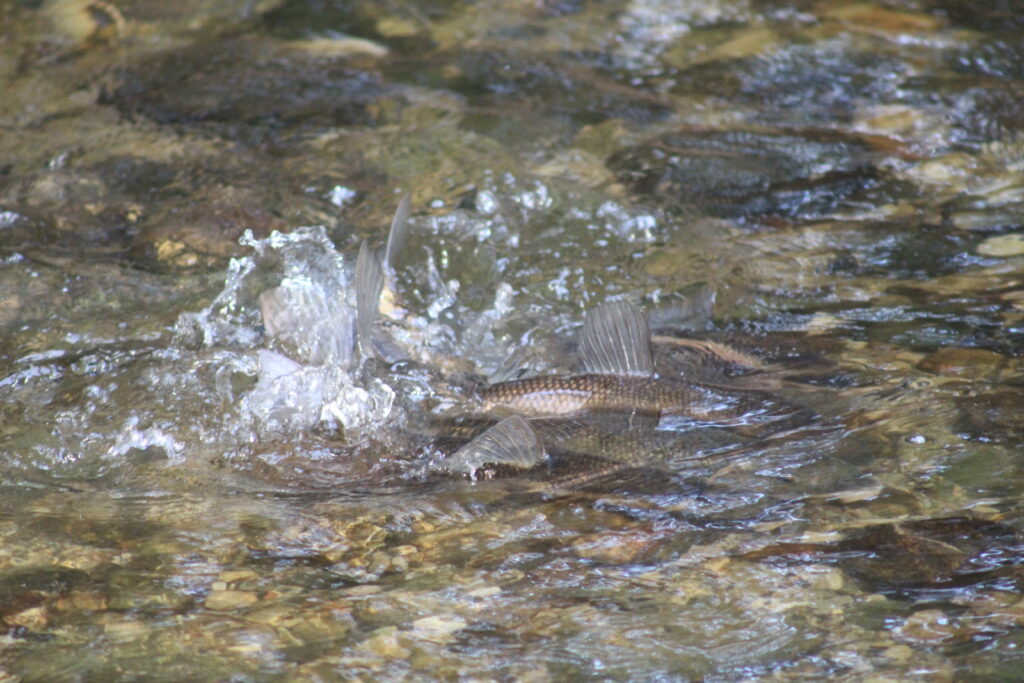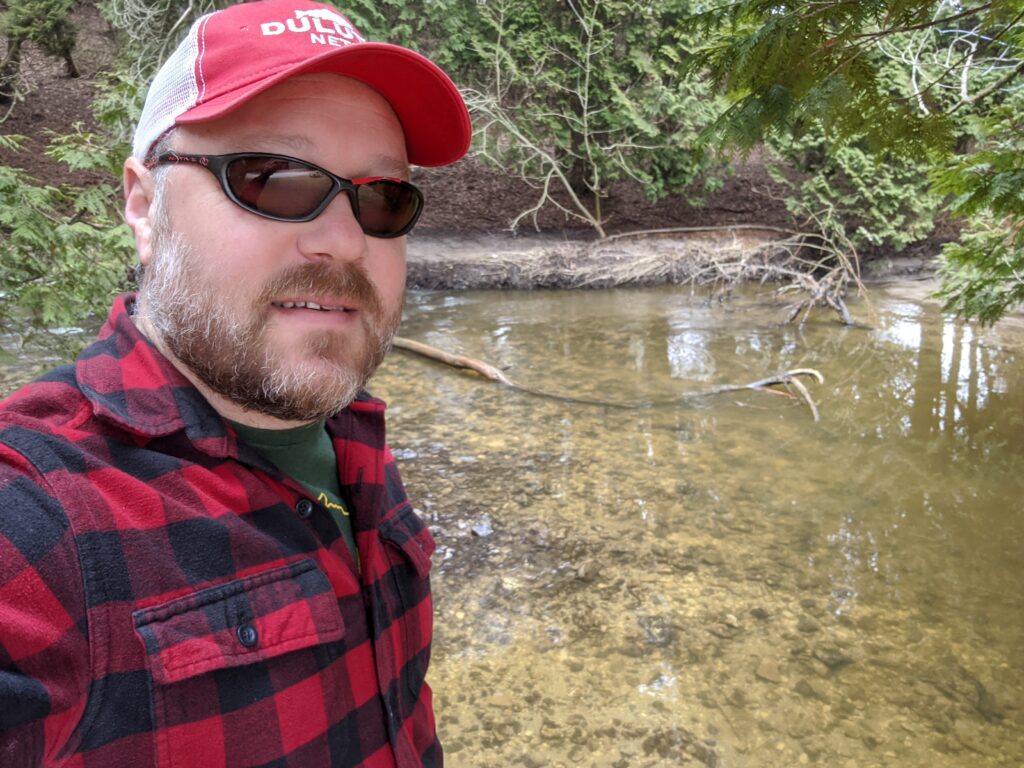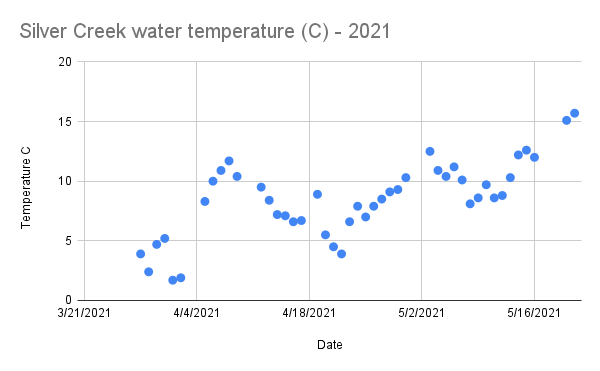The calendar has flipped to 2022. Our staff members are ready to tackle new projects in the coming 12 months, which also happens to mark Sea Grant’s 50th anniversary. Before they move more deeply into the new year, however, several staff members took a moment to retain the glow of their favorite 2021 project. Here’s what Fisheries Outreach Specialist Titus Seilheimer had to say:
I love fish. I love to study them, eat them, and watch them. That’s probably part of the reason why I am a Fisheries Specialist! My favorite project in 2021 was Shedd Aquarium’s Citizen Science Sucker Migration Monitoring Project. This project is led by Dr. Karen Murchie (Director of Freshwater Research at Shedd Aquarium) and uses citizen scientists to watch for suckers and record data. Volunteers use a monitoring protocol and data sheet to ensure that everyone is collecting the same data across the season.
For the third year in a row, Wendy Lutzke (a favorite Manitowoc project partner) and I have monitored the sucker spawning season in Manitowoc’s Silver Creek. Monitoring is simple, just pick a stop and go there every day for about two months in the spring. We start looking for fish in Silver Creek in late March and finish up sometime in late May. In 2021, we saw two pulses of spawning white suckers in Silver Creek. The first in early April when water temperatures hit 10 C, but then low flows and cooler weather slowed down spawning activity. There was a second rush to spawn in mid-May when water temperatures again reached 10 C. When the migrating alewife show up in the creek, then sucker spawning is done.
You might be thinking, “who cares about suckers?” Well, the Great Lakes care about suckers, because they are an important native species. Suckers are a food source of other species. From the eggs to the juveniles in streams and wetlands to the adults in the lake, many species benefit from sucker’s presence. Suckers are also important migratory species in the spring, moving energy from the Great Lakes inland to headwaters. Because the timing of the spawning is cued by temperature and water flow, this is also important baseline data to track the ongoing impacts of climate change on the Great Lakes. Murchie is following the spawning in Lake Michigan creeks, so there is a wide range of latitudes represented.
Watching a single species in the same location year after year really harkens back to the early years of fish observations by naturalists. It helps teach about the place and the fish. I look forward to spending time by the creek in the years to come!
See some spawning suckers in action:
More on the project is here.
Here are some images that further illustrate my enthusiasm.

Fish spawning in progress. Here’s a group of white suckers spawning. Rocky riffles are great habitat for sucker eggs and also for watching suckers. (Image credit: Titus Seilheimer, Wisconsin Sea Grant)

Here, I’m on the lookout for suckers. This location is shallow, so counting the fish is fairly easy while wearing polarized sunglasses. More than 50 suckers may be actively spawning in that single riffle. (Image credit: Titus Seilheimer, Wisconsin Sea Grant)

This graph shows the measured water temperature at the monitoring site through the 2021 spawning season. When the water reaches 10 degrees, that is a spawning cue, but when the water cools down, so does the spawning. (Image credit: Titus Seilheimer, Wisconsin Sea Grant)


